India’s online shopping is thriving. From local sellers on Meesho to D2C brands expanding through Shopify, digital commerce is catching on in all corners of India.
But before you take the leap to selling products online, there’s one question lurking in your mind how much should you spend to establish an e-commerce business in India?
In this blog, we will break down E-commerce business investment that you would have to account for company registration, branding, website, packaging, inventory, marketplace fees, and advertising
It is a guide that is easy to follow and written precisely for aspiring entrepreneurs in India who want a realistic guide on how to start small and grow smart
Business Registration and Compliance
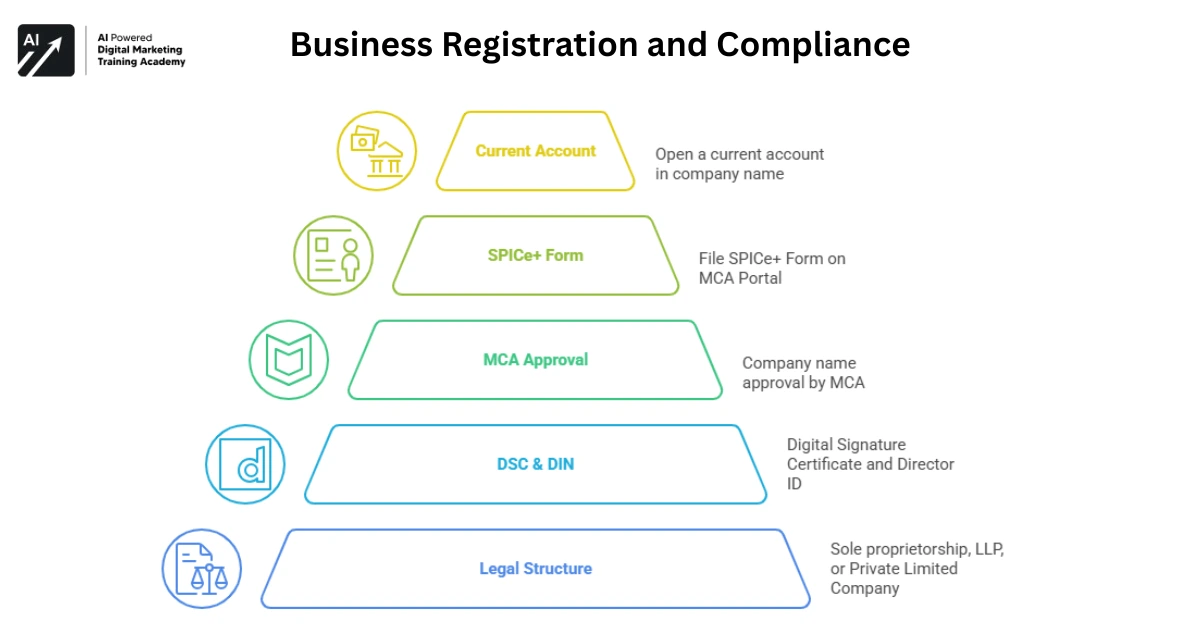
The act of starting any startup is starting by registering your business legally
For most e-commerce founders, the preferred legal structure is either a sole proprietorship (easiest to start), an LLP, or a Private Limited Company (ideal for scaling and funding).
To register a private limited company, you’ll need to
- Obtain a Digital Signature Certificate (DSC)
- Apply for Director Identification Number (DIN)
- Get your company name approved by the MCA
- File SPICe+ Form on the MCA Portal
While the government fees are minimal or nil for startups, you may have to pay a Chartered Accountant or firm secretary of ₹2,000 to ₹3,000 to arrange the paperwork.
You will also need to have a current account in your company name. Banks require a minimum balance of ₹10,000 to ₹20,000 on current accounts. That is your first real investment
PAN, TAN, and Tax Registrations
After your company is incorporated, you’ll receive your PAN (Permanent Account Number) and TAN (Tax Deduction and Collection Account Number). These are essential for
- Filing taxes
- Opening a bank account
- Receiving and making payments legally
This step usually comes bundled during registration and is issued digitally through the MCA portal.
If you sell goods or services for more than ₹20 lakhs annually (₹10 lakhs in NE states), GST registration is mandatory. It’s free on the government GST website, though a professional may charge you between ₹1,000 and ₹2,000.
If you have a food business, you’ll need FSSAI registration, too, which will cost you between ₹100 to ₹10,000 per annum based on the license type
Selling electronics or gadgets? You may require BIS certification, another wise compliance cost depending on the product.
Trademark Registration
While not necessary in the first phase, trademark registration is necessary if you will be building a brand
Trademark registration helps you:
- Get sole rights over your logo or brand name
- Create brand value and investor trust
- Defend yourself from brand copying
Government fees are around ₹4,500 per class when filed in individual or startup categories. Legal professional or trademark attorney fee can range from ₹2,000 to ₹5,000.
Branding and Packaging
Your customer is first introduced to your brand in e-commerce via packaging, design, and visuals.
With free tools like Canva, Looka, and ChatGPT, you can create logos, social media posts, and brand identity for free
If you desire custom-branded packaging such as printed boxes, stickers, or sleeves it may run you about ₹2,000 to ₹5,000 for your initial 100 pieces.
For marketplaces such as Amazon or Meesho, default packaging can be used, which will cost ₹2 to ₹5 per packet
Product photography can be done for free with tools such as PhotoRoom or Flair AI, or you may hire a photographer if you’d like high-quality lifestyle shots
Product Samples and First Stock
This is where most of your money goes, depending on your product
Order your samples from your supplier first Testing of samples would range from ₹500 to ₹5,000 depending on the product
Then there’s Minimum Order Quantity (MOQ). Begin small, advise smart sellers.
Spend ₹5,000 to ₹30,000 in purchasing your first stock. There are some suppliers who may be okay with testing with lesser quantities too.
Your inventory cost will depend upon
- Type of product (apparel vs electronics vs home decor)
- Order quantity
- Requirement for customization
- Cost of packaging
If you opt for a dropshipping model, you won’t have stock, but your margins will be reduced
Choosing Where to Sell – Marketplaces or Your Website
There are two significant ways of starting to sell:
A. Marketplaces
Amazon, Flipkart, Meesho, and others are convenient places to start which enable you to list products for free
You will pay only:
- Commission on sale per sale (5% to 20%)
- Shipping charges (COD or prepaid)
- Marketplace advertisement fees (optional but recommended)
These sites come with pre-built traffic and trust, so most startups begin here before they create their brand sites
B. Your Own Website
You are in control by having your own web store
If you choose Shopify, expect to pay ₹2,000/month for the basic plan and a further ₹500 to ₹2,000 for your domain
If you’re on WooCommerce, the installation cost is lower ₹2,000 per year for hosting and about ₹1,000 for a domain
Shopify is user-friendly, while WooCommerce is more versatile and ideal for founder founders who are comfortable with tech
Marketing & Advertising Cost
After having your products and your site ready, marketing is where you get people visiting your site and selling to them.
The following are the most utilized marketing avenues
Meta Ads (Instagram & Facebook)
Start with a minimum of ₹1,000 to ₹5,000 per month and spend. Target on age, location, or interest
Instagram Reels and Stories are suitable for fashion, beauty, and lifestyle products
Google Ads (Search & Shopping)
Good option if your products have high search intent (e.g., “Buy Yoga Mat Online“). Start with ₹2,000 to ₹10,000 per month
Influencer Marketing
If your product is visual, this does very well.
Nano influencers (fewer than 50K followers) typically charge ₹1,000 to ₹5,000 for a collaboration.
They’re ideal for experimenting with your product’s potential to convince new individuals
Free Marketing Channels
- WhatsApp Business
- Google Business Listing
- LinkedIn Outreach
- Facebook & Instagram organic posts
- SEO-optimized product blogs
These won’t drive short-term traffic but establish lasting trust and SEO equity.
So How Much Investment Do You Need to Start E-Commerce in India?

There is no fixed figure, but most Indian new E-commerce business investment may begin with an expenditure of ₹25,000 to ₹75,000 depending on
- The products you are selling
- Whether you sell through marketplaces or your own site
- How much you use to buy inventory and advertise
- Your packaging, brand, and marketing tool selections
If you are 100% lean with no stock (via dropshipping), Canva branding, and marketplace sales you may start with as low as ₹10,000–₹15,000
But if you are considering a D2C brand with a custom website, packaging, stock, and performance ads, be prepared to invest ₹50,000 to ₹1,00,000 in a decent launch
Conclusion
It has never been easier or affordable to begin an e-commerce venture in India. But your success isn’t about the amount of money you spend, but about how well you spend your money
Spend on what provides you with ROI product quality, marketing, and customer experience
Avoid money wastage at the initial stage. Go lean, test your idea, then scale when you start to see traction
Whether you are a student, freelancer, or budding entrepreneur, e-commerce gives you an excellent business opportunity in India today
Now that you know how much E-commerce business investment you need to initiate an e-commerce venture in India, it is time to take the first step
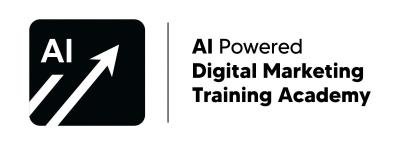
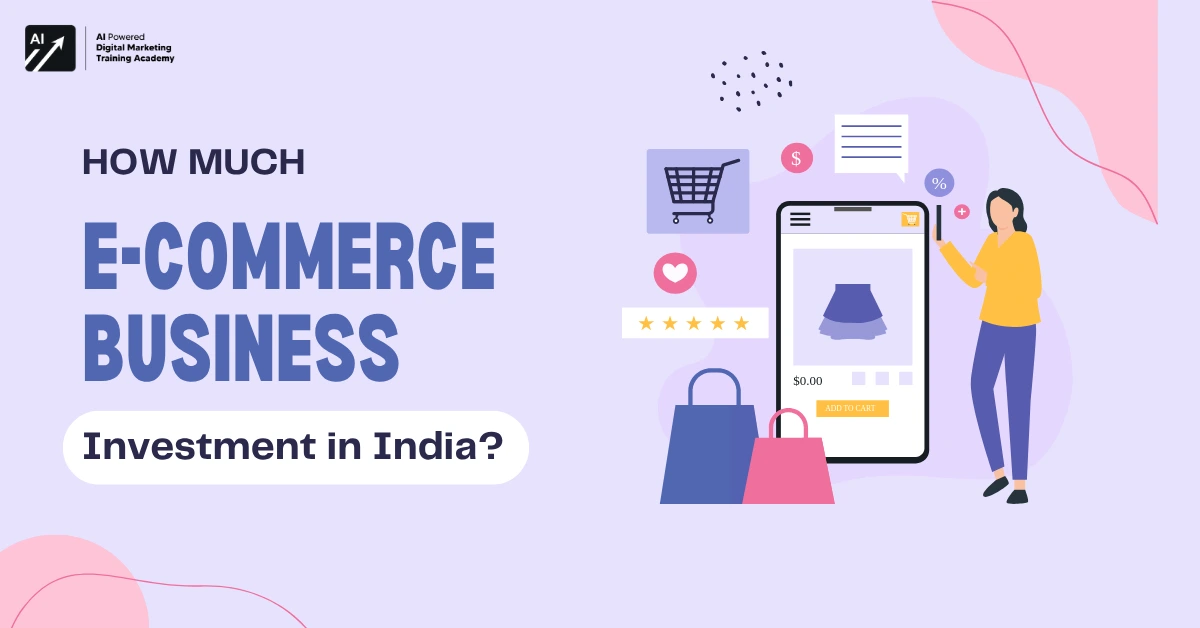




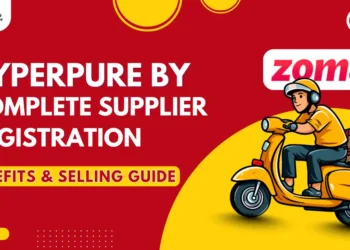
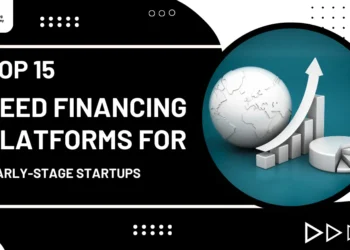

Comments 4